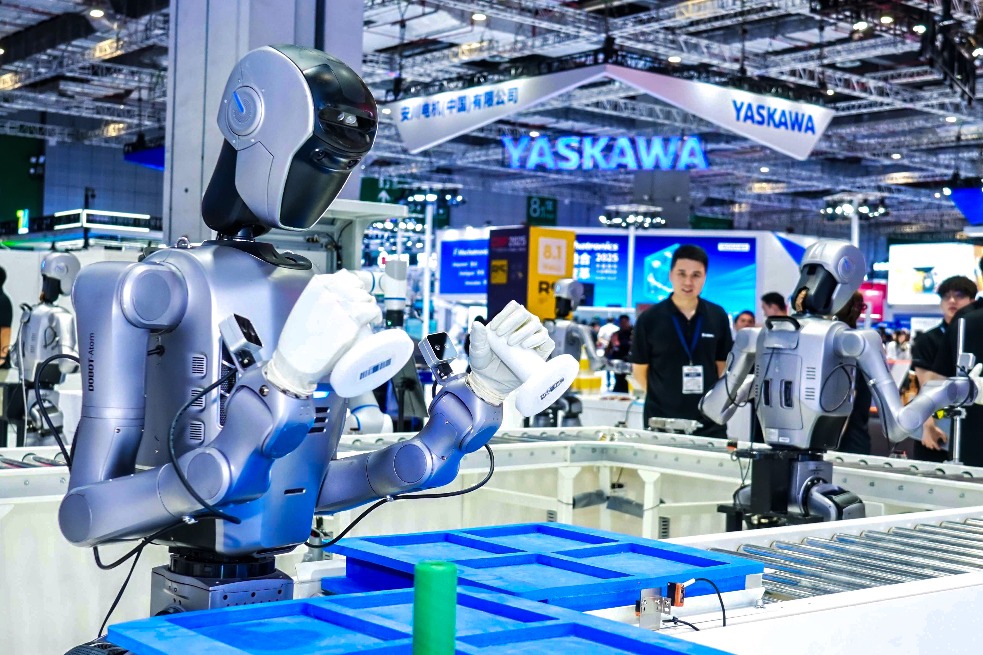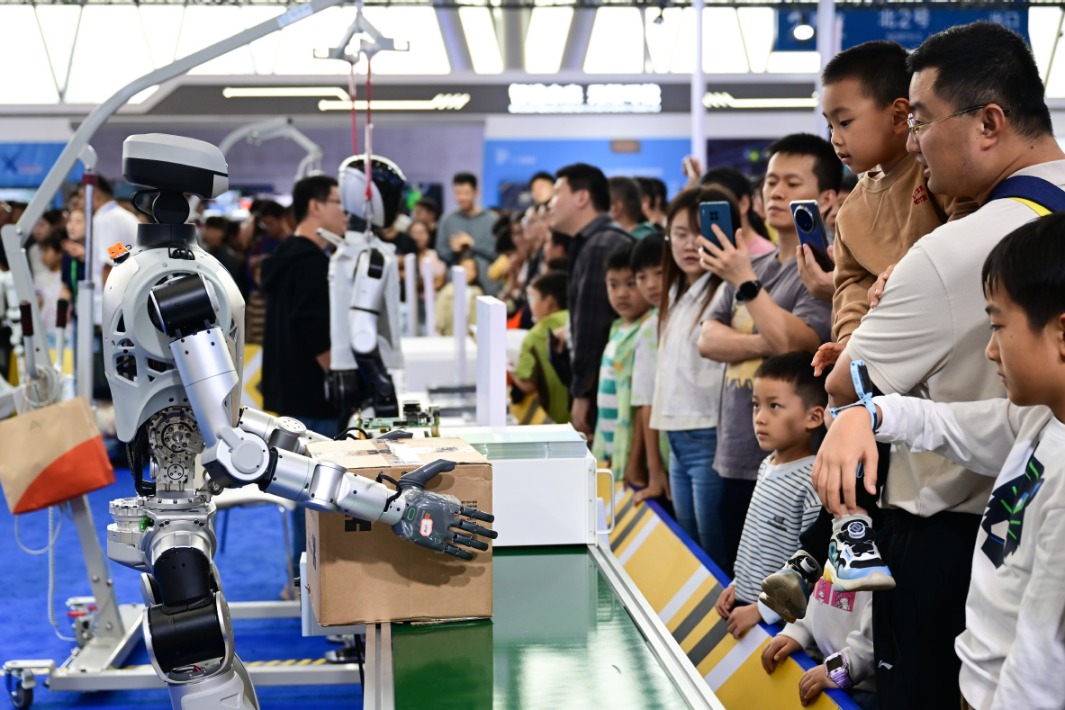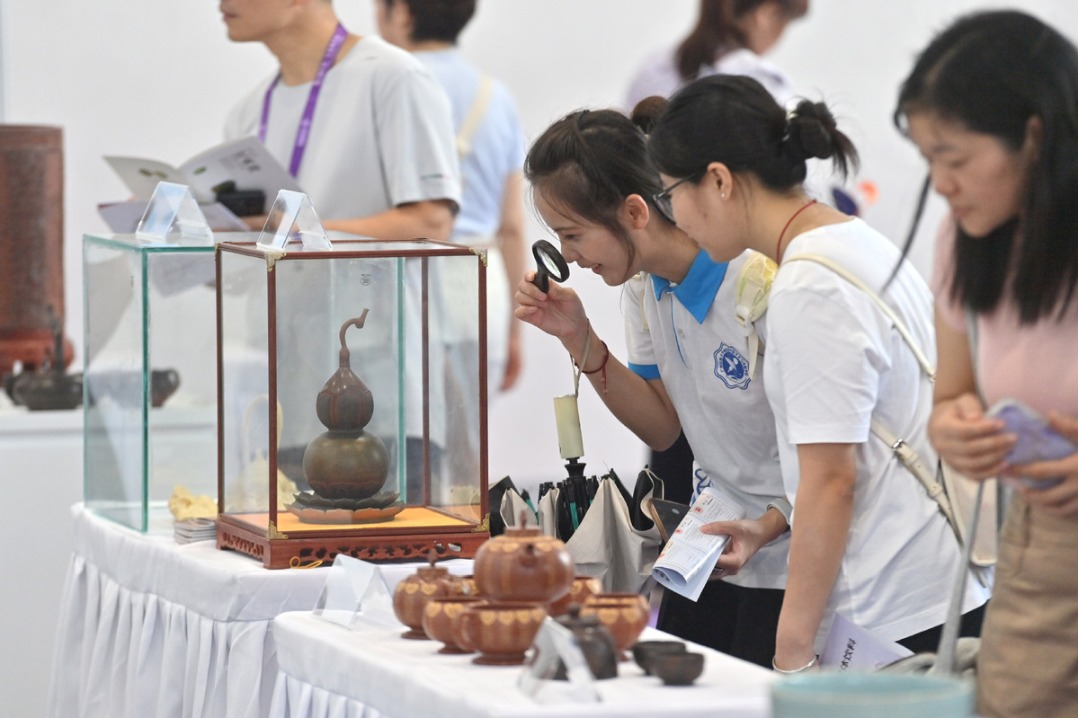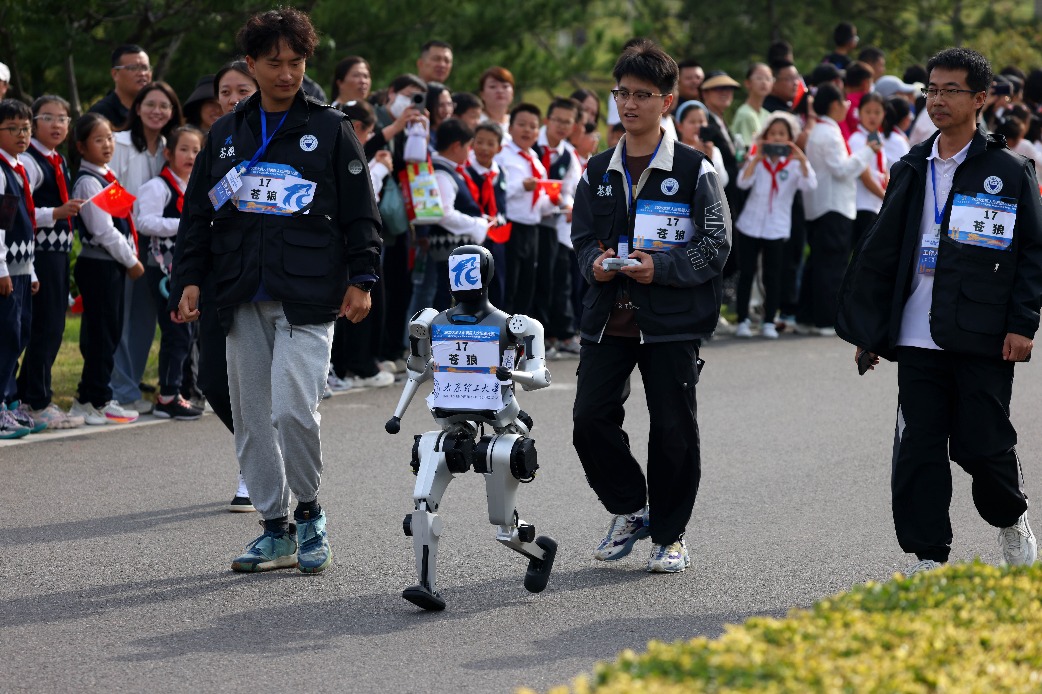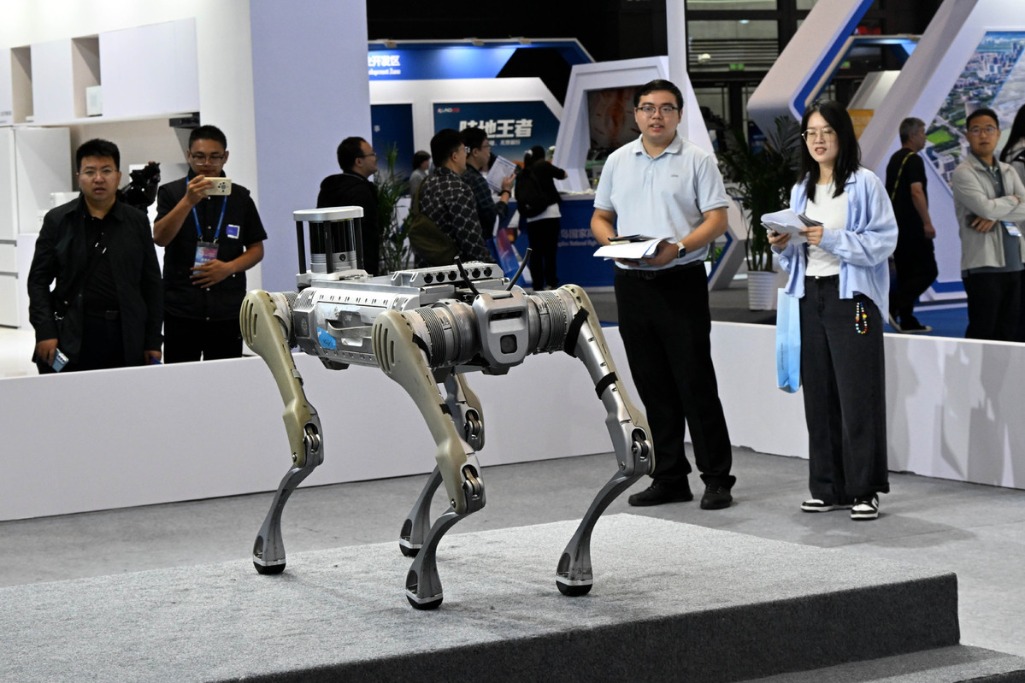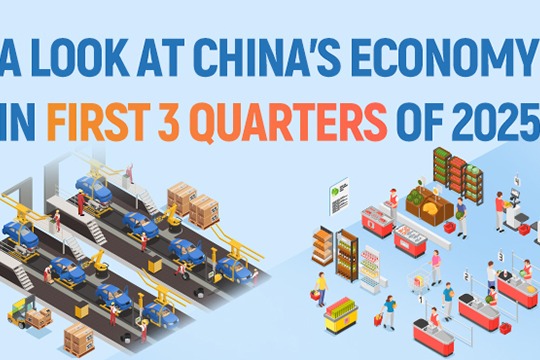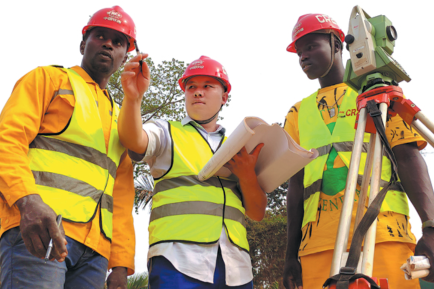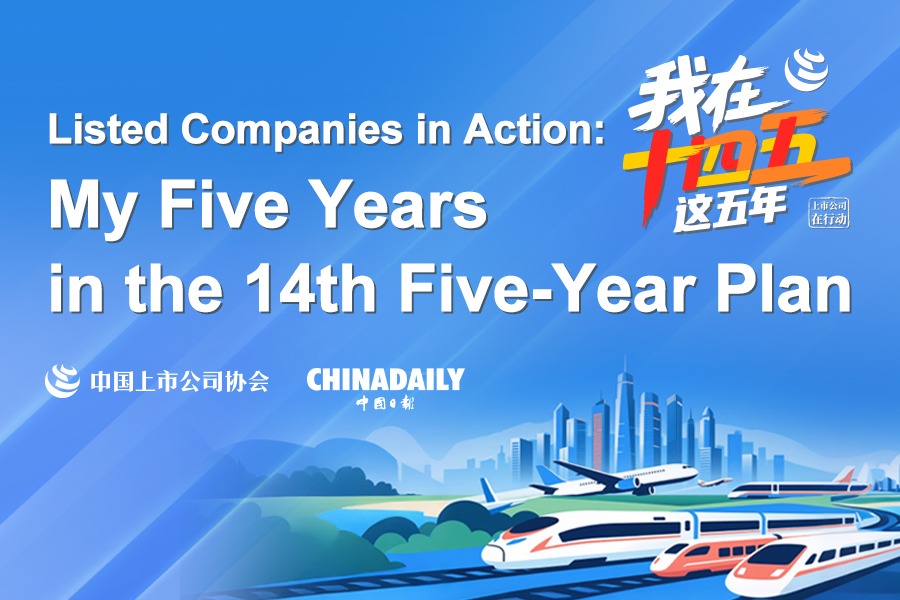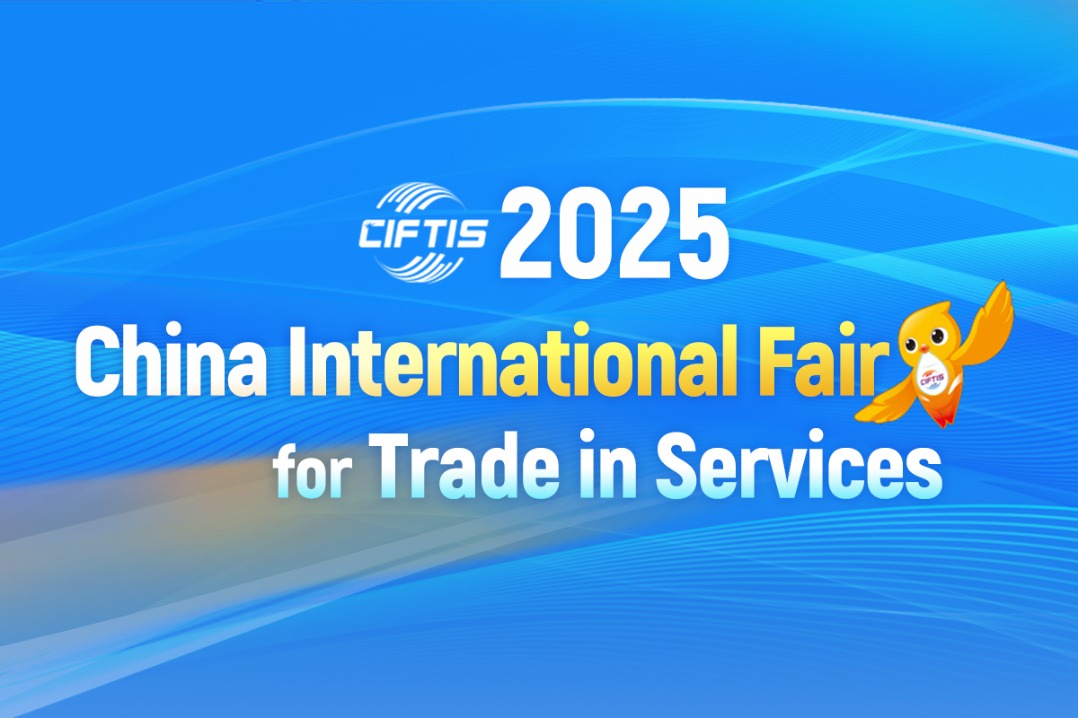After 16 years, ChiNext board still powering on serving national strategies

This October marks the 16th anniversary of the ChiNext board's launch. As of Oct 22, it had grown to host 1,389 listed companies with a combined market capitalization exceeding 17 trillion yuan ($2.39 trillion).
The presence of leading players such as CATL, Mindray and East Money Information reflects the core value of ChiNext's development over the past few years. It has long since evolved from being merely a financing platform for company listings into a vital engine for fostering new economic momentum, driving industrial upgrading and serving as a barometer of China's innovation-driven economy.
In the first half of this year, the 1,384 ChiNext-listed firms generated a combined operating revenue of 2.05 trillion yuan, averaging 1.48 billion yuan per company, up 9.03 percent year-on-year. Net profits totaled 150.54 billion yuan, averaging 109 million yuan per firm, up 11.18 percent. Excluding nonrecurring items, total net profits stood at 130.93 billion yuan, averaging 95 million yuan per company, an 11.8 percent increase. All three core indicators ranked among the highest across A-share market segments.
Emerging industries, led by new energy, biopharmaceuticals and high-end equipment manufacturing, stood out with particularly strong growth, underscoring ChiNext's pivotal role in optimizing China's industrial structure.
Research and development intensity leads, with breakthroughs overcoming key technological bottlenecks. Under the guidance of the innovation-driven development strategy, ChiNext-listed companies have continued to strengthen their technological attributes.
In the first half, their overall R&D intensity reached 4.89 percent — well above the market-wide average of 2.33 percent and second only to the Nasdaq-style STAR Market. Specifically, CATL has achieved multiple breakthroughs in core power battery technologies, maintaining global market leadership and driving China's new energy industry chain from a "follower" to a "leader" position. Mindray, focusing on high-end medical equipment, has realized independent control of technologies in key products such as CT and MRI scanners, breaking the long-standing dominance of foreign giants and fully demonstrating ChiNext's value in fostering enterprises capable of overcoming critical technological challenges.
With policy guidance and market forces working in tandem, ChiNext firms have actively deepened international cooperation. In the first half, their offshore revenue grew 21.26 percent year-on-year, far outpacing domestic revenue growth. Exports of high-end manufacturing products such as new energy vehicles and photovoltaic modules continued to increase.
A number of innovative companies have established R&D centers and manufacturing bases in countries participating in the Belt and Road Initiative, advancing the global adoption of Chinese technology standards. This worldwide allocation of resources has enhanced firms' international competitiveness and created an important bridge for China's deeper integration into the global economy, opening new space for ChiNext's long-term growth.
Despite these notable achievements, ChiNext still faces deep-seated structural issues that need to be resolved. At the operational level, some companies rely on single profit models. In the first half, 94 firms exceeded the 70 percent debt-to-asset ratio warning threshold, indicating weak risk resilience.
At the industrial chain level, upstream self-sufficiency remains inadequate, with some firms dependent on imported core components and technologies — leaving them vulnerable to global supply chain fluctuations.
In the innovation ecosystem, R&D resources are heavily concentrated in leading firms, while small and medium-sized enterprises lag in innovation capacity, with low efficiency in commercializing research outcomes and weak collaboration among industry, academia and research.
At the market governance level, issues such as incomplete governance structures, uneven information disclosure and isolated cases of financial fraud and illegal guarantees have undermined investor confidence and market order.
To address these challenges, future efforts must focus on institutional innovation to unleash ChiNext's potential, transforming it into a core platform for cultivating new quality productive forces.
In terms of IPOs and listings, regulators are expected to raise the weight of technological innovation in evaluations, taking into account R&D investment, patent quality and the stability of core teams. Greater connectivity between ChiNext, the National Equities Exchange and Quotations, and regional equity markets is also being promoted to build a full life-cycle services system for enterprises.
On the capital operations front, reforms may include streamlining refinancing procedures and supporting mergers and acquisitions to integrate resources and extend industrial chains. Trading mechanisms are set to diversify with the introduction of exchange-traded fund options and adjustments to share lock-up rules, alongside efforts to attract long-term capital such as social security and pension funds to strengthen market resilience.
Innovation support will focus on bolstering tax incentives and intellectual property protections, fostering joint R&D platforms that link industry, academia and research, and encouraging equity-based incentives to retain core talent.
Meanwhile, regulatory efforts will aim to enhance disclosure standards, deploy technology to crack down more effectively on illegal activities and violations, and improve investor protection channels. These measures are intended to safeguard the interests of small and medium-sized investors, reinforce market order, and position ChiNext as a powerful engine for technological self-reliance and high-quality economic growth.
Over the past 16 years, ChiNext has grown from a testing ground for reform in China's capital markets into a key platform for cultivating new quality productive forces. Facing a new wave of technological and industrial transformation — and with reforms continuing to take root — ChiNext is poised to further strengthen the virtuous cycle linking technology industry finance, inject vital momentum into technological self-reliance and high-quality development, and write a new chapter in capital markets serving national strategies.
The writer is dean of the National Institute of Financial Research at Tsinghua University and a distinguished professor of the Changjiang Scholars Program. The article was translated based on the one published in Economic Daily on Sept 20.
The views do not necessarily reflect those of China Daily.

















